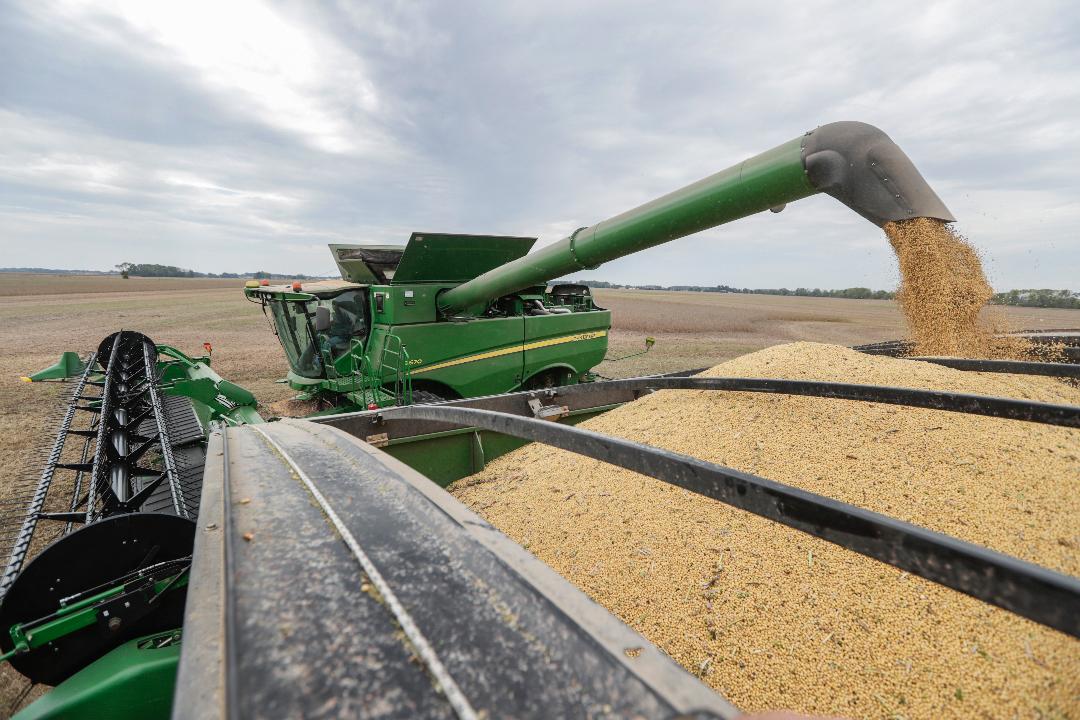Trump rolls out second aid package for farmers worth $16B amid US-China trade war
The Trump administration rolled out a second aid package worth for American farmers on Thursday, worth $16 billion, to help mitigate the effects of a more-than year-long trade war between the U.S. and China.
President Trump said that the aid -- a response to China’s latest retaliatory tariffs -- will include $14.5 billion in direct payments to farmers through the market facilitation program. There will be three payments installments, beginning in July. Additional payments will follow in November and January as needed.
Another $1.4 billion will be allocated to the Food Purchase and Distribution Program to purchase surplus commodities affected by the trade war. Those goods will then be distributed to schools, food banks and other groups, the White House said.
The remaining $100 million will go to developing new export markets for American producers through the Agricultural Trade Promotion Program.
"We will make sure the farmers get the relief they need, and very, very quickly," Trump said at a White House event on Thursday. "It's a good time to be a farmer."
A group of farmers came to the White House on Thursday to attend an event with the president, during which details of the second aid package were released.
"We're giving them that level playing field that's so important," Trump said.
“Details on the new trade mitigation program will be forthcoming shortly, but we want to be clear that the program is being designed to avoid skewing planting decisions one way or another,” a spokesperson for the U.S. Department of Agriculture said earlier in the week. “Farmers should continue to make their planting and production decisions with the current market signals in mind, rather than some expectation of what a trade mitigation program might or might not look like, based on a media story.”
China is the biggest buyer of U.S. soybeans, importing more than $12.4 billion worth of the oil seed in 2017, according to the Peterson Institute for International Economics, but retaliatory tariffs by China resulted in U.S. soybean exports to China falling by more than 80 percent with Brazil and Argentina supplying China instead.
Last year, as a result of the tariffs, soybeans in storage totaled about 3.74 billion bushels, up 18 percent from the prior year, according to data from the USDA.
According to Bloomberg, the aid plan could include payments of about $2 per bushel to soybean growers, 63 cents per bushel to wheat growers and 4 cents per bushel to corn growers. The administration’s last aid plan included $1.65 per bushel for soybean growers, 14 cents per bushel for wheat and 1 cent per bushel for corn.
CLICK HERE TO GET THE FOX BUSINESS APP
In July, the Trump administration announced a $12 billion farm aid package -- including $4.7 billion in direct payments to farmers -- to help shield them from the effects of global trade spats with China, Mexico, Canada and the European Union. The bulk of the payments went to soybean farmers.




















